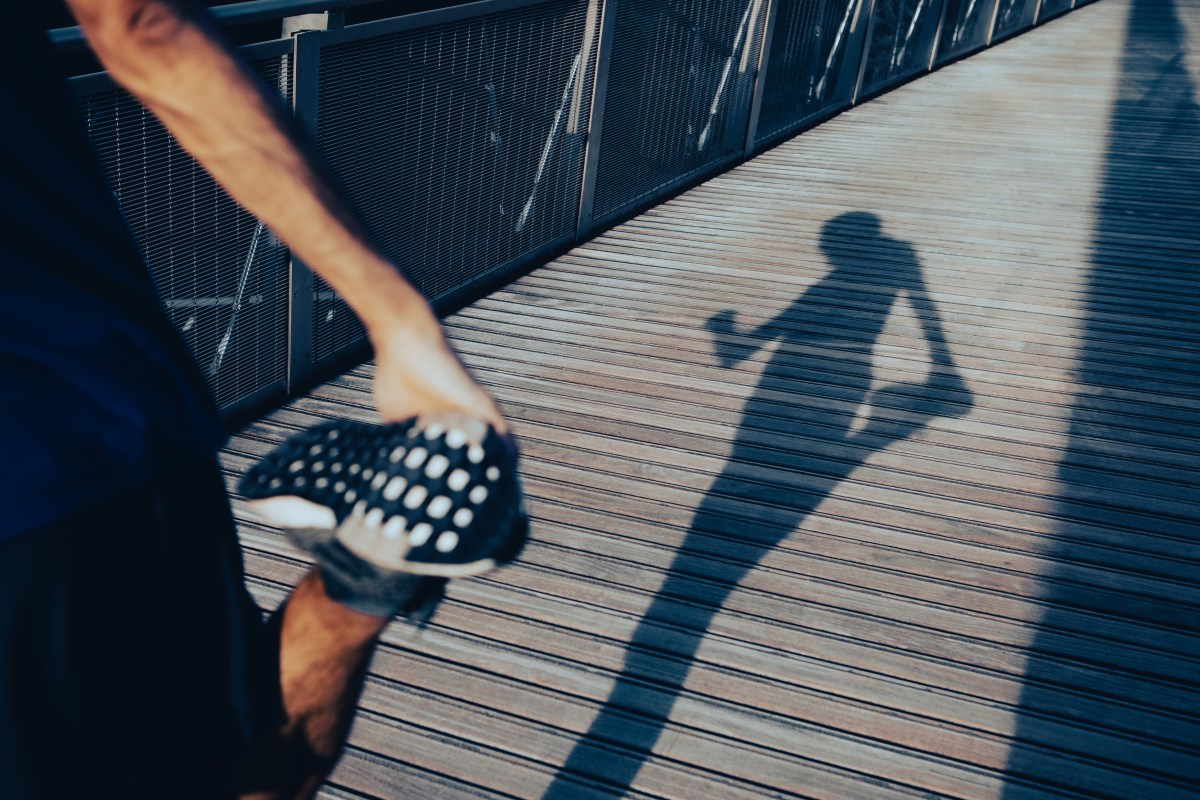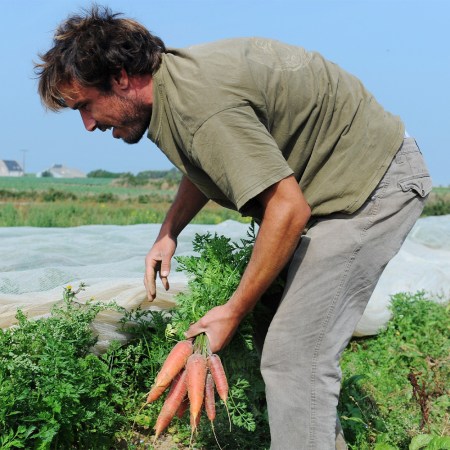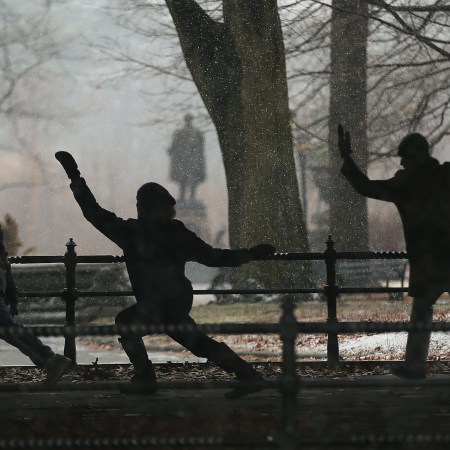Throughout most of our lives, a fall is more or less just a fall.
As a toddler, a scabbed knee is justification for theatrics, and perhaps a bid for an ice cream cone, but the drama never lasts for long. As an adolescent, bouncing right back up from a tumble is a point of pride. And as an adult, a fall of any kind, especially in a public setting, triggers a red-faced scurry and a quick nod that you’re okay, even though you know your body’s going to ache in the morning.
By old age, though, a fall is a matter of life or death. One in four adults over the age of 65 will fall in the United States each year, according to the CDC. That’s a fall a second. And of the 36 million reported each year, 32,000 are fatal, while millions of others lead to broken wrists, hip fractures or head trauma. That initial visit to the emergency room can trigger a cascade of additional medical issues, impacting both the mobility and confidence of senior citizens.
Every longevity expert worth their salt delivers a similar message on podcasts and in blogs: If you want to live a longer, healthier, happier life, you have to start young. That advice usually comes in the form of dietary adjustments, or ruminations on how to find your purpose. But you might also consider proactively bolstering your body against the risk of falls in old age, which have been classified as a literal “public health concern.”
Anti-fall fitness starts with mobility — if you spend most of your life with your legs underneath a desk, chances are they’re going to fail you when you need them the most. But stress-testing your stability is a particularly effective way to get a read on the strength of your core, the reliability of your bones and the status of all those vertebrae in your back.
You can begin with a dead-simple exam: Attempt to stand on one leg for 10 seconds at a time. A Brazilian study published this past June and recently highlighted by The New York Times found that the test is highly predictive of mortality: of the 1,700 older adults the team of researchers assessed, those who couldn’t keep their balance were twice as likely to die in the next 10 years.
That’s compelling data, however morbid it may be. It speaks to the physical toll that frailty — an aging condition we have long accepted as inevitable — takes on the body. Weaker muscles, weaker vision and weaker neural pathways combine to turn something that would’ve long felt elementary into a grueling challenge. And that puts into perspective the perils of walking up the stairs in one’s home, on uneven sidewalks or down icy driveways in the wintertime.
Fortunately, you’re not doomed if you’re over 50 and can’t complete this test. That’s just a sign that you should begin some form of “balance-enhancing training.” The best way to ace the 10-second test isn’t necessarily to keep trying it; that could lead to a fall in itself. (Reminder: Always have a chair or wall nearby when attempting it.) It’s to pepper your lifestyle with exercises or concentrations that naturally improve balance.
Think: Tai chi, yoga, mat Pilates, dance classes and daily ambles. If you’re under 65, those walks should definitely include some changes in terrain and elevation, where possible, which are going to strengthen your thighs and the pathways in your brain in equal parts. It will 100% be worth the effort. Losing one’s balance is scary. Falling to the floor, after a lifetime of shaking it off, is no small thing.
Whether you’re looking to get into shape, or just get out of a funk, The Charge has got you covered. Sign up for our new wellness newsletter today.


















